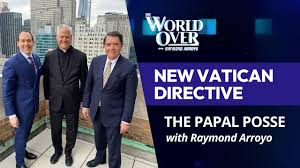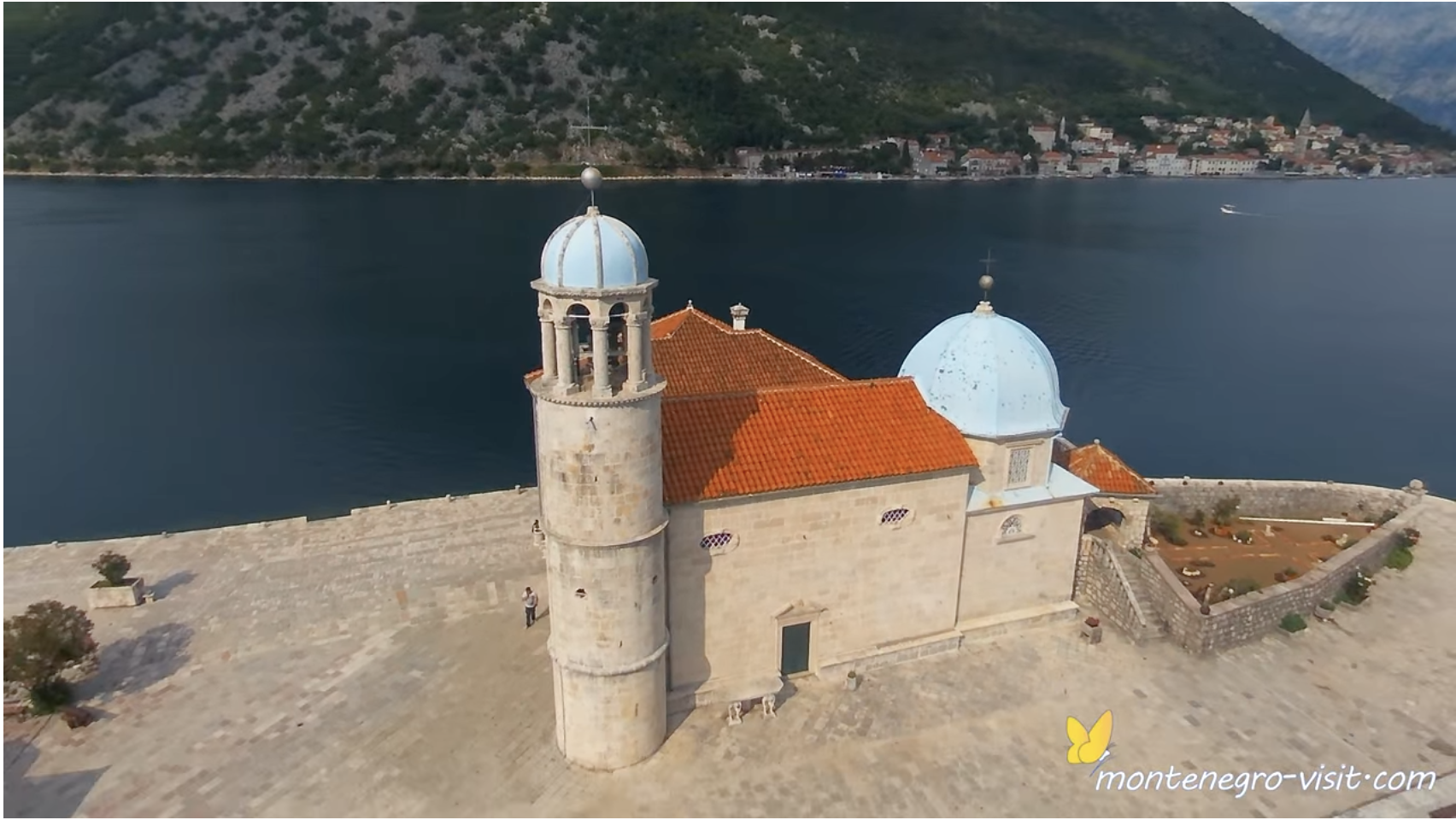One of the valuable lessons classic economics can teach us is that there are always trade-offs. If you invest in one thing, you won’t be investing in another. You can see the bridge you spent money on, but you don’t see the hundreds of things not done because you spent money on the bridge.
When I was chairman of my university’s curriculum committee, proposals abounded trumpeting wonderful new courses. My question was “What are you going to stop doing in order to do this?” “No, no,” people insisted, “we will continue doing all the wonderful things we do now.” “No, you won’t,” I would say. “Everyone is working a full schedule. So the only way you could possibly do all these new things is to stop doing some of the things you do now.”
This never went over well.
We have students in colleges across the country who can’t write a paragraph, do basic math, or read a relatively easy forty pages in a work of non-fiction. No one has ever asked them to follow an argument, let alone formulate one. And the little they know about the U.S. Constitution and American history is mostly wrong.
So what were they doing for twelve full years of schooling? It clearly wasn’t twelve years of solid training in reading, writing, and arithmetic. There was precious little history or literature. And these young people have little or no knowledge of the treasures of beauty to be found in nature, art, or architecture. I ask again, “What were these students doing for twelve years instead of reading, writing, and arithmetic, because they clearly weren’t doing as much of that as they needed?”
The problem is not much different – and in some ways worse – in Catholic schools. Twelve years of “Catholic” education, and if you ask students to finish this triad: “Abraham, Isaac, and ______?” they can’t do it. “What is Pentecost?” Blank stares. Ask them to list the Ten Commandments. Ninety percent will get it wrong. They aren’t any better at reading, writing, or math than their peers, and worse yet, at the basic tenets that will lead to salvation. Meanwhile, they’ve been taught to equate Catholic social justice with progressivism.
If you hired someone to take care of your yard, and they worked week after week, Monday through Friday, and at the end of the year, you found the grass unmowed, weeds choking everything, and all the flowers dead, you might wonder, “What were you guys doing?” If they then showed you the fire pit they dug in your yard, which you didn’t want, and then piles of trees they had cut that you wanted kept, you might understand better what they were doing all that time, but you still might wonder why they did it.

And this gets us closer to the nub of the problem. What is education for? When we thought education began in wonder and was about exploring the world, reading great books, figuring out the complex intricacies of math, and learning to think and express ourselves clearly, and ultimately understanding our relationship to God, we prepared young people pretty well for a worthwhile lifetime. Now that bureaucrats insist education is about preparing people for jobs and for being woke citizens, our students not only aren’t prepared for jobs or citizenship, they can’t do long division, or read Shakespeare or Scripture.
Our society emphasizes process over purpose. The unfortunate consequence is that we also end up emphasizing process over persons. Education is now more about fulfilling the dictates of bureaucrats than about truly fulfilling the future of students.
Bureaucrats who know little or nothing about teaching feel very comfortable telling actual teachers how they should do their jobs. With each passing “bold, new educational initiative” come more forms for teachers to fill out, more interminable meetings about “assessment,” less time for individual instruction, and less opportunity to find creative ways of teaching the basic material students need to know.
And, as every teacher knows, as soon as a new principal or a new superintendent of schools arrives, whether public school or Catholic school, it will be out with the old/new program and in with another bold new program, with new directives to read over, more “teaching training” sessions, different forms to fill out, and more interminable meetings to make sure everyone is completely “on board” with the new program. The results are rarely better than before, usually worse, but this is immaterial because administrators rarely stay around for long and are animated by ideology rather than experience.
So here’s a suggestion: Ask the person applying to be principal of your school or the superintendent of the school system how many students he or she has taught in an actual classroom. Not, “how many advanced degrees do you have?” or “how many elite administrative positions have you held?” But “how many actual students have you taught?” No one should be managing teachers who hasn’t had at least ten years of successful teaching experience.
Teachers can teach reading, writing, arithmetic, and basic science to students who want to learn. When we try to get schools to do a hundred other things, they will end up doing none of them well. Schools were not organized to be nor are they qualified to be therapy centers or social programming departments. They are also not churches. Unfortunately, many schools have become places where society dumps all the toxic waste from its cultural dysfunction. This is a burden schools cannot possibly bear and still do what they were established to do.
The Catholic liberal arts intellectual tradition provides resources unsurpassed in the world. And at a time when the public schools are destroying themselves, running after every educational and cultural fad, the Catholic Church has an unmatched opportunity to introduce more and more young people to the life-altering wonders of that tradition. It is an opportunity we are repeatedly squandering, and for which our children and grandchildren will not judge us well.
*Image: The Seven Liberal Arts by Giovanni dal Ponte, c. 1435 [Museo del Prado, Madrid]. Dal Ponte included more than seven figures in his painting to represent the liberal arts: grammar, rhetoric, and logic (the trivium) and geometry, arithmetic, music, and astronomy (the quadrivium). He also presents leading figures in each field: Ptolemy, Pythagoras, Cicero, and Aristotle and others. And fifteen angels.














